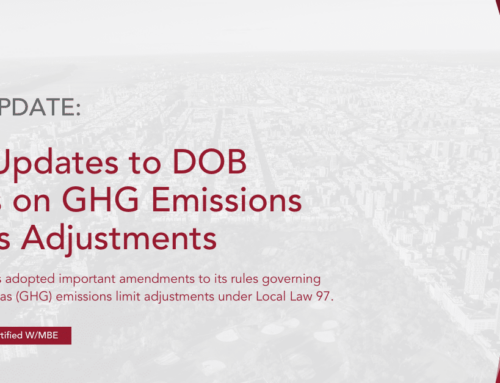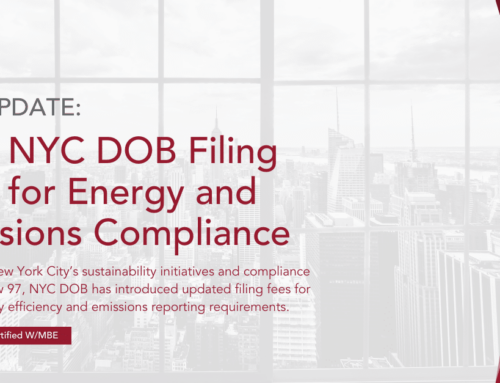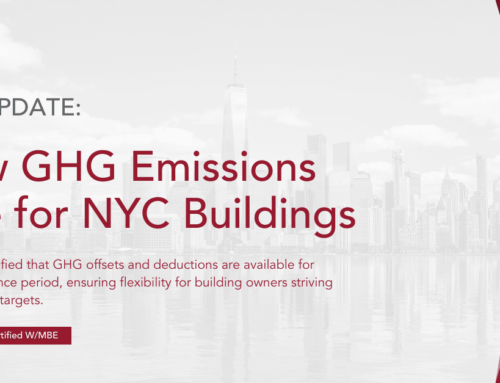From Utility Dive:
Dive Brief:
- Consolidated Edison’s Brooklyn-Queens Neighborhood Program is installing its first microgrid aimed at deferring investment in the bulk power grid: a combined battery, fuel cell and solar PV facility at Brooklyn’s Marcus Garvey apartments, Energy Storage News reports.
- Once completed, the microgrid will aim to provide local load relief on a stressed grid feeder using a 300 kW, 1,200 kWh lithium-ion battery system, 400 kW of solar PV and a 400 kW fuel cell.
- The use of distributed resources to defer grid investments in the Brooklyn-Queens project helped spark New York’s Reforming the Energy Vision initiative, which now includes over a dozen utility pilot programs aimed at facilitating utility DER deployment.
When it comes to non-wire alternatives, ConEd’s Brooklyn-Queens project is often offered as Exhibit A.
The initiative began with a problem for the utility: load growth in Brooklyn and Queens was projected to require a $1.2 billion in substation and other grid upgrades.
But utility officials discovered they could still ensure reliability by deploying distributed resources to serve load and provide grid services at less cost. In all, the project calls for 17 MW of infrastructure investment and 52 MW of behind-the-meter resources, including a 13 MWh virtual power plant.
In August, ConEd officials told Utility Dive the whole program is expected to cost $200 million, and about $24 million has been invested so far. Project manager Greg Elcock said the project has attracted “more than normal level of excitement.”
“This is a test bed for what will eventually become commonplace under REV,” he said. The regulatory reform initiative aims to devise performance standards that will incentivize utilities to deploy distributed resources when they can be more cost effective than traditional grid upgrades.





